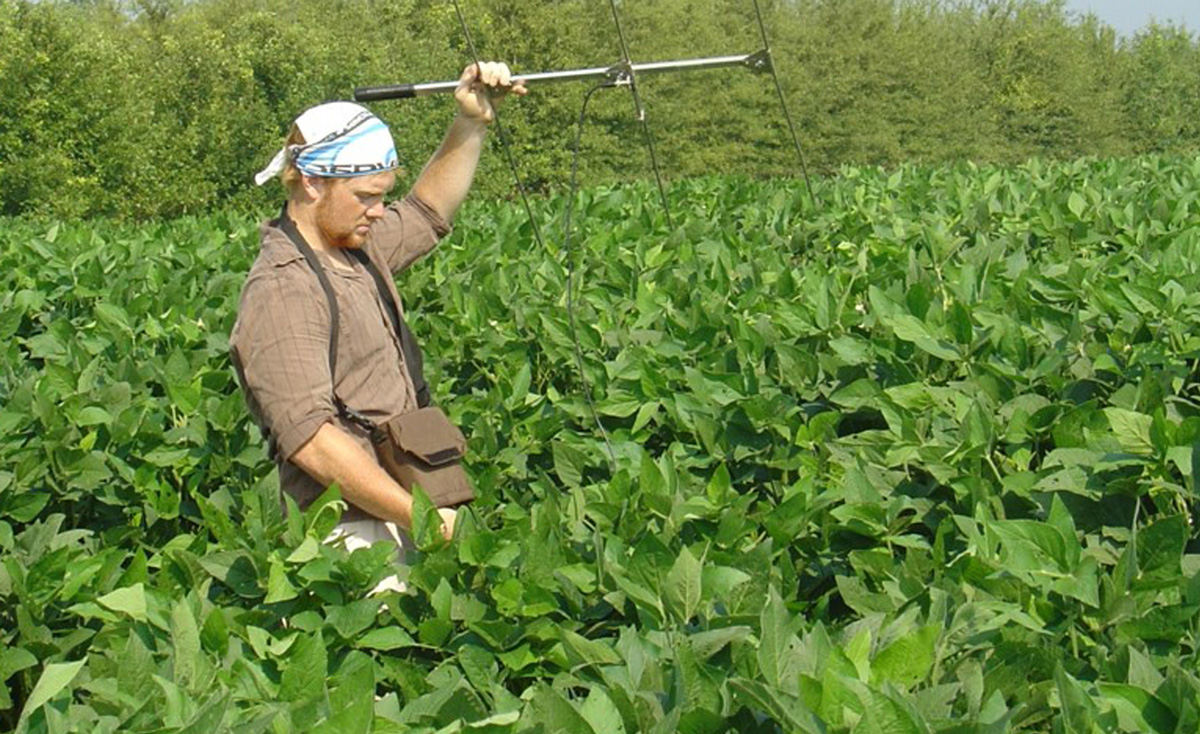MSConBio Research Projects
As a graduate student in the MS Conservation Biology program at Union University, you will have the opportunity to work with one of our professors on a thesis project related to one of the areas identified below. (Click on the link in the short descriptions below for further details.)
- Comparing avian communities or predator populations in semi-urban and rural environments, focusing on concepts such as habitat fragmentation due to agriculture and urbanization
- Investigating longitudinal chances occurring to vegetation composition
- Assessment of rare and threatened plant communities in Tennessee, including the effect of herbivory
- Determine the distribution of grasslands within western Tennessee and characterize plant composition through floristic surveys
- Investigating biotic and abiotic factors that regulate predator-prey interactions and resource partitioning between native-invasive fishes living in overlapping habitats
- Use of plant tissue culture for the regeneration and re-propagation of threatened or endangered tree species
For the purposes of your application, you will need to identify your first choice for research and write the Research Topic Selection essay in support of your application for your first choice project. We also ask you to identify a second choice for research, but no essay is required in support of your second choice. On the application, where indicated, you will select a project from a drop-down box. The drop-down options that correspond to each project are identified in brackets at the end of each description below. (e.g. [Madison - Avian Communities] for Dr. Andy Madison's avian communities project).
If you have specific questions, please feel free to contact the project advisor via email. You can also view their profile by clicking on their name.
| Faculty Member | |
|---|---|
| Dr. Andy Madison | amadison@uu.edu |
| Dr. Michael Schiebout | mschiebout@uu.edu |
| Dr. J.R. Kerfoot | jkerfoot@uu.edu |
| Dr. Mark Bolyard | mbolyard@uu.edu |
Dr. Andy Madison:
Comparing Avian Communities in Semi-urban and Rural Environments: Habitat fragmentation caused by urbanization typically has a negative effect on avian communities, but so does habitat fragmentation associated with agriculture. This project compares several characteristics of avian species, such as nest success, nest parasitization, or general species richness between urban and rural environments. [Madison - Avian Communities]
Assessing Predator Populations in Semi-urban and Rural Environments: This project uses trail cameras and various attractants to compare predator abundance and/or frequency between semi-urban environments with surrounding predominantly agricultural environments. [Madison - Predator Populations]
Dr. Michael Schiebout:
Investigation of the longitudinal changes occurring to vegetation composition of a bottomland mitigation site in western TN. This study would focus on the distribution, habitat requirements, and barcode signature of red turtlehead (Chelone oblique), a plant species of special concern for TN found within this site. [Schiebout - Vegetation Composition]
Herbivory has a profound influence on many plant communities and can impact conservation efforts. We will re-sample 86 deer exclosures previously established at Arnold Air Force Base in 2000 to assess how herbivory has changed different communities over this time. This project will assess changes in the distribution and characteristics of rare, threatened, and endangered (RTE) species found around the sample plots over time. [Schiebout - Plant Communities]
In 2015 the Critical Ecosystem Partnership Fund (CEPF) established the North American Coastal Plain as one of the 36 global biological hot spots. Western Tennessee is within this region and plants located here are within the Coastal Plain Floristic Province (CPFP). Many different communities occur within the coastal plain, however grassland ecosystem studies in particular are underrepresented according to the Southeastern Grassland Initiative. The aim of this research is to determine the distribution of grasslands within western Tennessee and to characterize plant composition through floristic surveys of these communities. This base line data will then be used to prioritize conservation efforts in the region and to propose restoration initiatives. [Schiebout - Grassland Ecosystem]
Dr. J.R. Kerfoot:
With the introduction of non-native fish species to the southern United States, encounters and interactions between tropical non-native piscivores and their temperature native prey base may be regulated by environmental temperature. The metabolism of poikilotherms are controlled by environmental temperature and the ability to activate muscles to successfully capture prey increases as temperature increases. For species adapted to various thermal regimes, tropical versus temperate, temperature tolerances should play a large role in predator-prey interactions. This project is separated into two components:
- Investigate the influence of temperature on the tropical predator-temperate prey interaction. Is there an environmental temperature that is low enough that it inhibits a tropical predator from capturing a temperate prey? Using species distributional data, model the current overlap of these predator-prey interactions with predictions of future overlap given climate change estimates. [Kerfoot - Invasive Predator-Prey]
- Investigate resource competition between two predators, one tropical and one temperate, as regulated by temperature. [Kerfoot - Invasive Resource Competition]
Dr. Mark Bolyard:
One of my primary areas of interest is in plant tissue culture. I currently have students working on African and Cuban mahogany and Monkey Puzzle trees with the ultimate goal of producing new plants for reintroduction into areas of deforestation. I am interested in looking at other critically endangered deciduous tree species to see if tissue culture methods can be used both for propagation and for the introduction of additional genetic diversity into bottle-necked populations. This could be done through naturally produced mutations (somaclonal variation) or through artificially induced mutations (such as through the treatment of leaf tissue with UV light, or with chemical mutagens). While these are long-term projects, they have the potential for great progress during the windows of research time allocated for students in the Master of Science in Conservation Biology. [Bolyard - Plant Tissue Culture]

